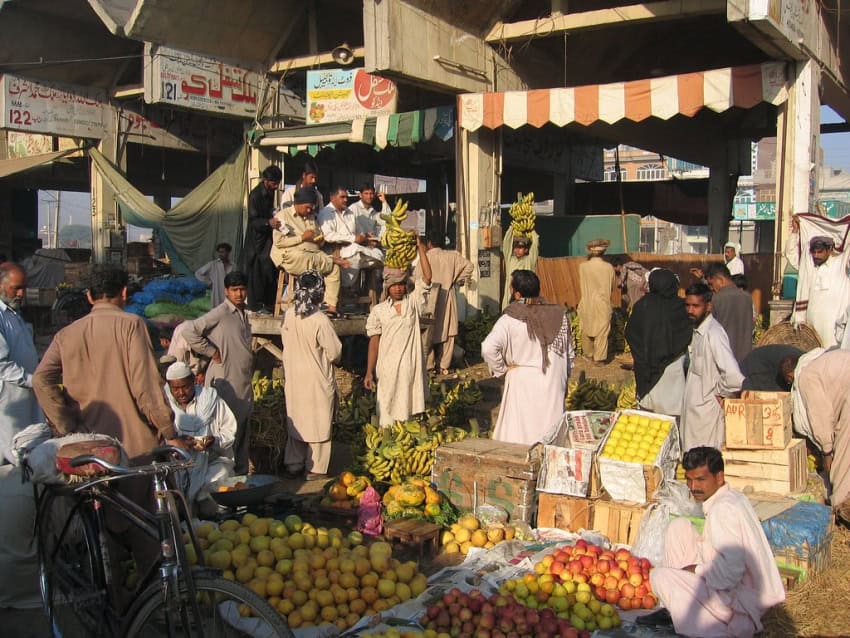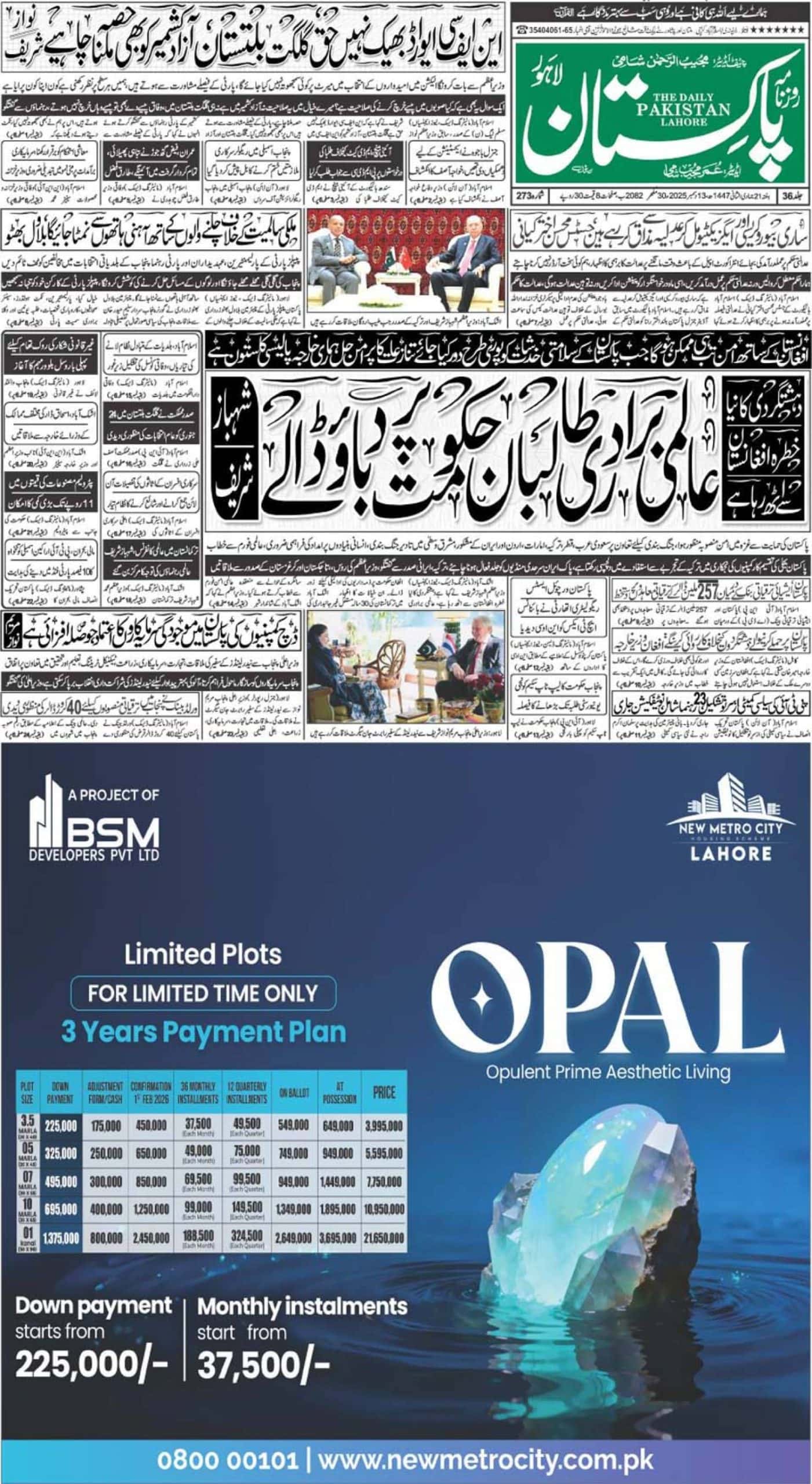In October, 2018, we wrote about what to expect from the IMF Extended Fund Facility and how that affects you – and it all played out as detailed at that point in time, from PKR depreciation to increase in interest rates, and energy prices.
During the last two weeks, PKR has depreciated by 7.5 percent against the USD and SBP Policy Rate has increased by 150 basis points to 12.25 percent.
Zooming out, and extending the timeline further, during the last 24 months, PKR has depreciated by 45 percent, while interest rates have increased by 575 basis points. As interest rates have increased by more than 88 percent (in absolute terms) during the last two years, it is getting increasingly difficult for businesses, and individuals alike to make interest payments on their loans. Considering the hawkish approach of Central Bank, another hike of 150 basis points over the next three quarters cannot be ruled out, with interest rates potentially peaking at 14 percent. Such an aggressive approach towards a contractionary monetary regime will further accentuate cost-push inflation.
An increase in interest rates, and depreciation of PKR has direct, and indirect consequences. A direct consequence is an increase in cost of goods across the board, from petrol, to edible oil, and pulses – significant quantity of which we import annually. Another hike in price of petrol is entirely possible given depreciation of PKR, while a more than 20 percent increase in electricity and gas prices is also on the cards. As costs continue to increase, households, and businesses alike will find it difficult to stay above the water. Businesses will pass on the price increase due to higher input costs, following which higher energy prices, second round effects of inflation will kick-in, resulting in gradual, if not run-away inflation. As prices of basic goods increase, and incomes remain stagnant, there will be demand contraction – which will reduce quantity demanded for goods across the board.
As demand contracts, businesses will find it increasingly difficult to stay profitable, or even break even – their prospects further dampened by a significant increase in interest rates. In order to sustain operations, there will be layoffs, with many losing jobs across all industries. An increase in unemployment will further stretch the already precarious (or non existent) social welfare net that exists in the country. Not many businesses will be lucky, as increased cost of funding (due to higher interest rates) will result in many unable to make interest and principal payments, thereby defaulting on their debt, triggering a default cycle which may adversely affect financial stability of the Banking system.
As households, businesses, and the economy at large strive to find an equilibrium, the intangible and immeasurable cost of human suffering due to unemployment, and sizeable erosion of purchasing power in absence of a social welfare net would be significant. If erosion of real disposable income wasn’t enough, an expected increase in taxes on salaried class would be another blow, while seasoned tax evaders will laugh their way to the Bank after availing yet another amnesty scheme.
The next few months, or even years will be tough, whether there is a silver lining to all this remains to be seen. A fairly valued, or even an undervalued PKR may provide an impetus to exports, while encouraging import substitution – but it all depends on the policy makers at the helm, who don’t necessarily have any skin in the game. The proverbial winter is coming, if not here already.














